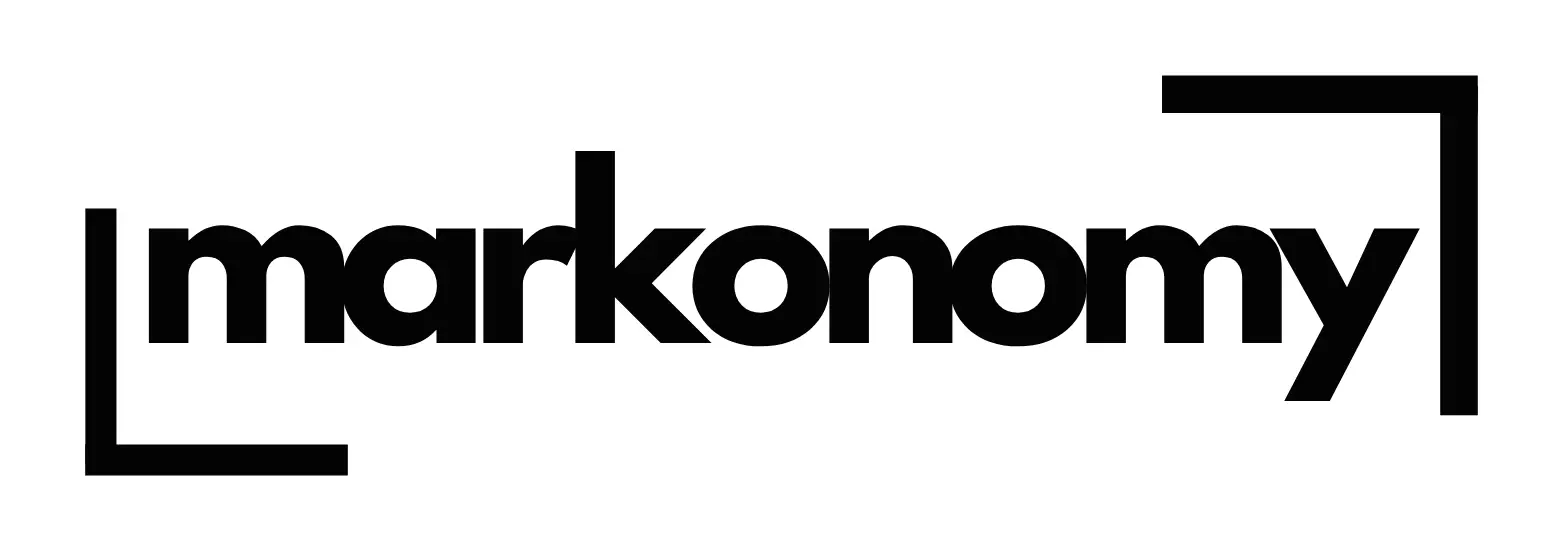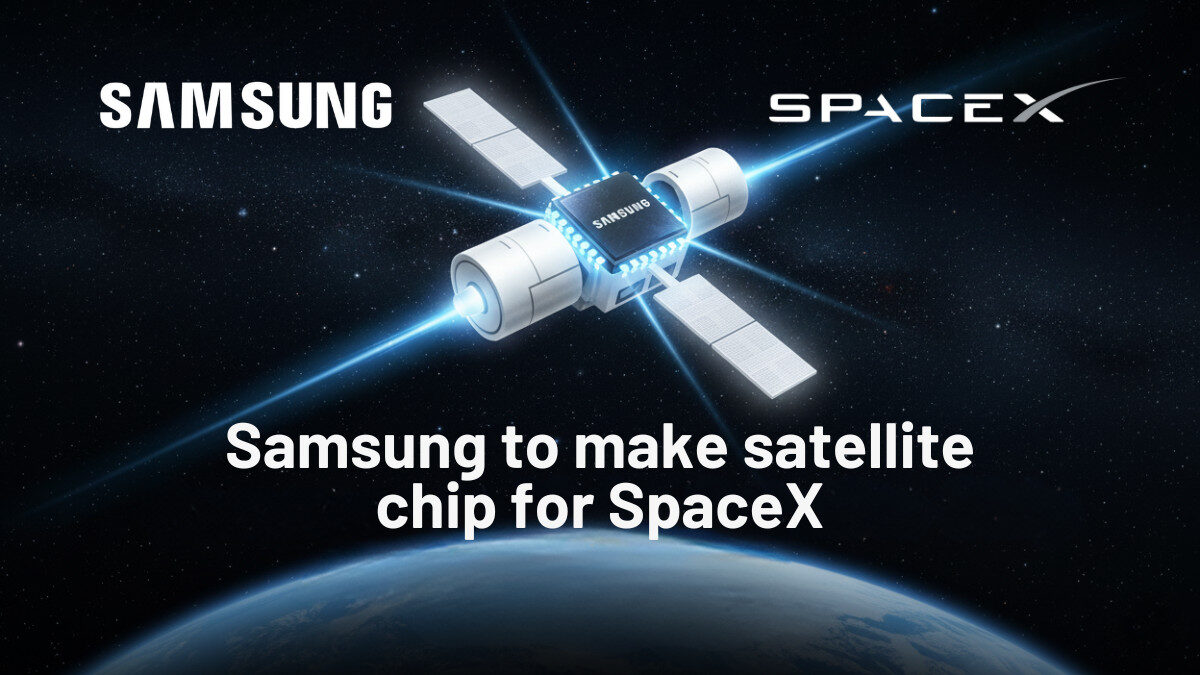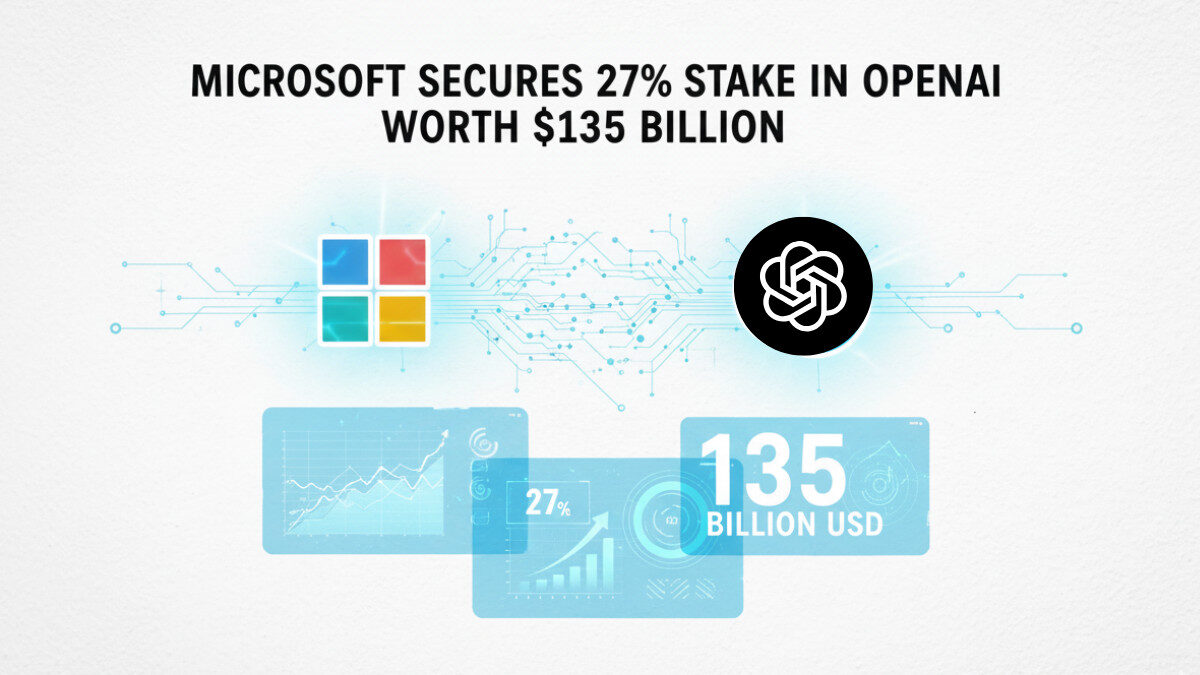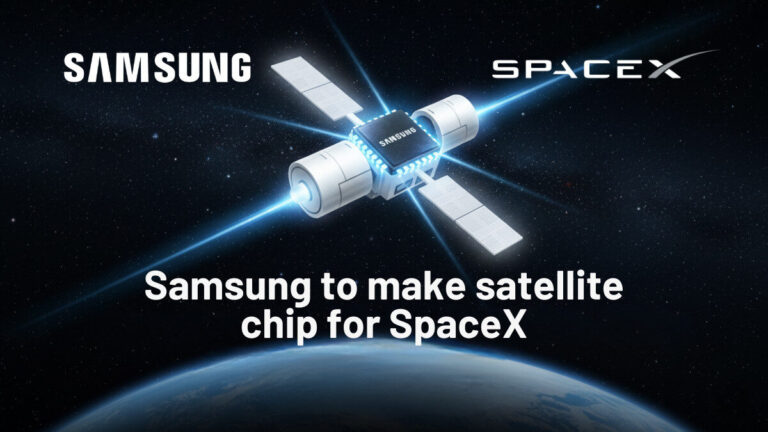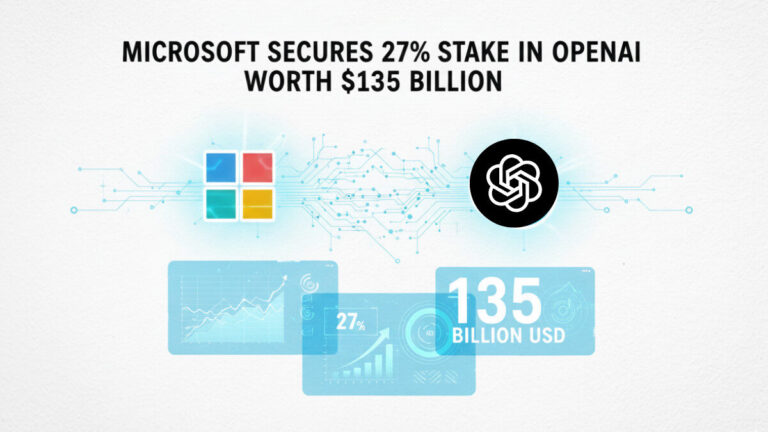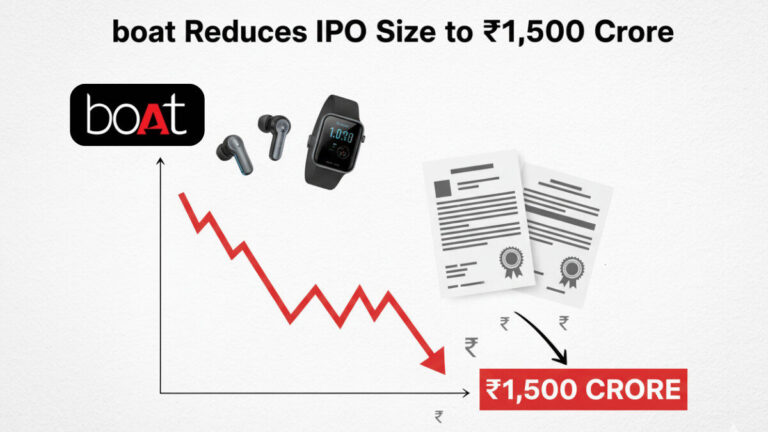In a major development for the tech industry, OpenAI has secured a 10% stake in AMD as part of a multibillion-dollar deal aimed at enhancing its artificial intelligence (AI) hardware capabilities. The move marks a new phase in OpenAI’s strategy to reduce reliance on Nvidia and strengthen its supply chain for advanced AI chips.
According to sources, the partnership includes joint development of specialised AI accelerators, optimised for training and running large-scale language models such as ChatGPT and GPT-powered enterprise tools.
This collaboration positions AMD as a stronger competitor in the AI chip market, which has been largely dominated by Nvidia.
Deal Highlights
| Particulars | Details |
|---|---|
| Companies Involved | OpenAI and AMD |
| Stake Acquired | 10% stake by OpenAI in AMD |
| Deal Value | Estimated at several billion dollars |
| Purpose | Strengthen AI chip development and reduce reliance on Nvidia |
| Technology Focus | AI accelerators, GPUs, and data center solutions |
| Expected Benefits | Improved chip supply, faster model training, and AI innovation |
| Market Impact | Boosts AMD’s valuation and intensifies chip market competition |
A Strategic Move for AI Independence
This investment is part of OpenAI’s larger strategy to control more of its AI hardware ecosystem, ensuring consistent performance for its growing suite of products like ChatGPT, DALL·E, and Codex.
By collaborating directly with AMD, OpenAI aims to design chips tailored to its large-scale AI workloads, optimising cost, performance, and energy efficiency.
Impact on the Semiconductor Industry
The deal could significantly shake up the global semiconductor landscape. AMD’s strengthened partnership with one of the world’s leading AI companies is expected to drive innovation and attract more enterprise clients.
Experts say this move could pressure Nvidia to accelerate its own advancements or expand collaborations to maintain its leadership in AI hardware.
What’s Next?
The companies are expected to reveal more technical details about their joint chip roadmap in early 2026. OpenAI’s increasing involvement in hardware signifies its intent to become a vertically integrated AI powerhouse, spanning from chips to applications.
